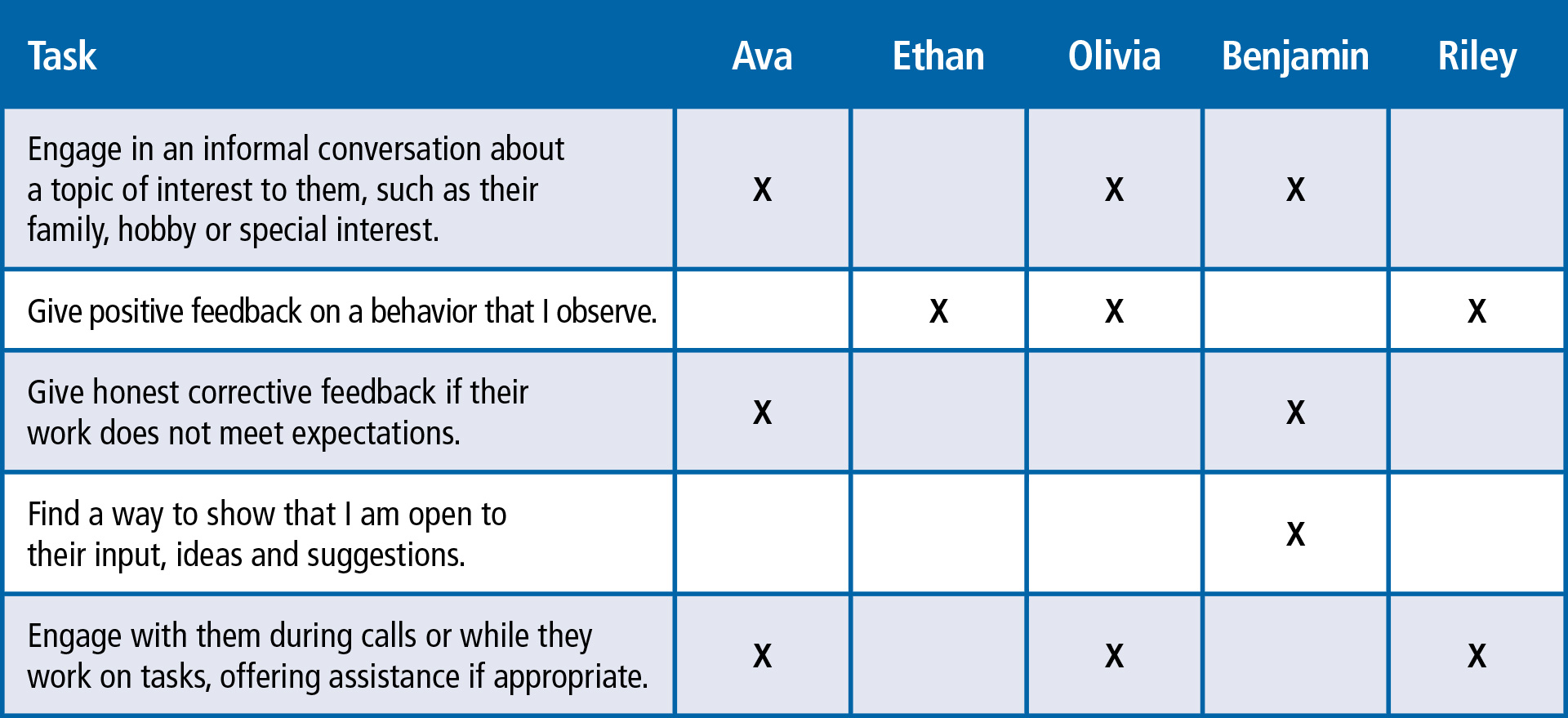
In today’s law enforcement landscape, the complexity and length of policies continue to grow. For instance, the Minneapolis Police Department’s draft Use of Force policy now spans over 70 pages (see tinyurl.com/wk77a4zt). With the multitude of laws, policies and procedures that officers need to know, implementing action steps in a dynamic environment can become overwhelming. While lengthy policies may be necessary, we often overlook a reliable tool for quick, thorough and accurate decision-making. Explore the effectiveness of checklists — the ultimate tool for simplifying complex procedures into simple action steps.
Checklists: The key to Hudson landing success
Most people know about Captain Chesley “Sully” Sullenberger and the amazing landing of U.S. Airways Flight 1549 on the Hudson River. On the crucial afternoon of January 15, 2009, Sullenberger and his co-pilot, Jeff Skiles, set off from LaGuardia Airport at 3:25 p.m. Soon after liftoff, they ran into a group of geese, leading to the failure of both engines.
During this chaotic moment, an urgent and swift decision was necessary. Surprisingly, at this critical juncture, Sullenberger and Skiles decided to consult a checklist. Let that sink in. In the midst of turmoil, they turned to a checklist to navigate the dire situation. In fact, they had reviewed a checklist specifically addressing the possibility of engine failure even before taking off.
This strategic reliance on checklists enabled them to accurately assess the situation they found themselves in. As a result, they were able to make well-informed decisions, ultimately saving the lives of everyone on board.
High-stakes professions use checklists
Checklists have proven effective in complex, high-stakes environments like aviation and health care. As mentioned earlier, pilots are trained to meticulously go through checklists before every critical operation, even if they have the list memorized. Similarly, health care professionals rely on checklists before medical procedures to reduce the impact of human performance interference factors.
Factors such as stress, fatigue, cognitive biases, environmental factors and physical limitations can all lead to human error. Importantly, these human interference factors are not limited to aviation and health care; they are just as relevant to the law enforcement profession.
Types of checklists
Utilizing checklists helps ensure that essential tasks are completed, ultimately contributing to safer outcomes. Moreover, checklists can address mental flaws inherent in humans, such as memory challenges, loss of focus and insufficient thoroughness.
It’s noteworthy that checklists are not limited to chaotic, dynamic situations; they also assist in more mundane tasks. In his book The Checklist Manifesto, Atul Gawande argues that there are two types of checklists, each serving a unique purpose. The first is the “read–do” checklist, a straightforward guide where you read the steps and follow them sequentially. The second type is the “do–confirm” checklist. In this case, you perform the task first and then use the checklist to ensure that all necessary steps have been taken.
Examples of checklists
A “do–confirm” checklist is effective for tasks like report writing.
Let’s consider a hypothetical scenario. You’ve just arrested a suspect. Unfortunately, the suspect resisted arrest, and you needed to use physical force to apprehend the person. You’ve written your report, including as much detail as you remember. While you hope you covered everything, wouldn’t it be beneficial to have the following checklist, adapted from an FLETC Use of Force Report Writing Guide, to confirm that you haven’t omitted any crucial information?
Use-of-force report writing checklist
Force factors
The severity of the crime
Whether the subject was an immediate threat to the officers or others
How the subject was actively resisting arrest (seizure)
How the subject was attempting to evade arrest by flight
Articulable facts
The number of suspects versus the officers involved (availability of backup)
Pre-assault indicators (be specific; describe the subject’s actions and statements)
Size, age and physical condition of the officer and suspect
Known or perceived physical abilities of the suspect (e.g., known UFC fighter)
Previous violent or mental history, known to the officer at the time
Perception of the use of alcohol or drugs by the subject
Perception of the suspect’s mental or psychiatric history based on specific actions
The availability and proximity to weapons
Environmental factors (night, day, snow, ice, heights, heat, terrain, etc.)
Injury to the officer or prolonged duration of the incident
Officer on the ground or other unfavorable position
Characteristics of being armed (e.g., bulges, adjustment of clothing, “security touches”)
Checklists serve various purposes in law enforcement. The International Association of Chiefs of Police (IACP) has developed checklists to guide supervisors in ensuring that officer reports contain crucial information related to stalking, domestic violence, protection order violations, response to sexual assault and strangulation (see tinyurl.com/475k9jth).
These checklists prove valuable during investigations (tinyurl.com/4xrw4vym), finding missing children (tinyurl.com/4u9574z4), report writing, victim interviews, pre-shift vehicle safety inspections and onboarding new employees, among other applications. Additionally, field training officers can use the checklist as a training resource to emphasize crucial steps when dealing with diverse situations.
Supervisors can enhance their leadership effectiveness by adopting a weekly checklist. The sample checklist on this page serves as a useful tool for supervisors to ensure meaningful interactions with their team.

Checklists versus procedures
Essentially, when you need to remember multiple steps that must be completed in a particular order, checklists are the most effective solution. Departmental checklists serve as concise versions of the more extensive standard operating procedures. Ideally, these checklists should harmonize with your policy management system, ensuring that they not only mirror the procedures they represent but also that the procedures and checklists undergo regular systematic reviews together.
Checklists, in contrast to procedures, possess the unique advantage of keeping things refreshingly short and simple!
Could law enforcement better utilize checklists?
Checklists play a vital role in high-stakes professions by ensuring thoroughness, minimizing errors and enhancing operational efficiency. They serve as valuable and simple tools for promoting safety and precision in decision-making processes. Checklists allow officers to quickly confirm that they’ve covered all necessary steps, improving consistency and precision while minimizing human errors.
Wouldn’t it be nice if all your procedures included a checklist at the end, providing simplified steps to aid in your job? Do you believe law enforcement could benefit from better incorporating checklists into policy management systems to improve decision-making? I, for one, would welcome such a change.
As seen in the March 2024 issue of American Police Beat magazine.
Don’t miss out on another issue today! Click below:





